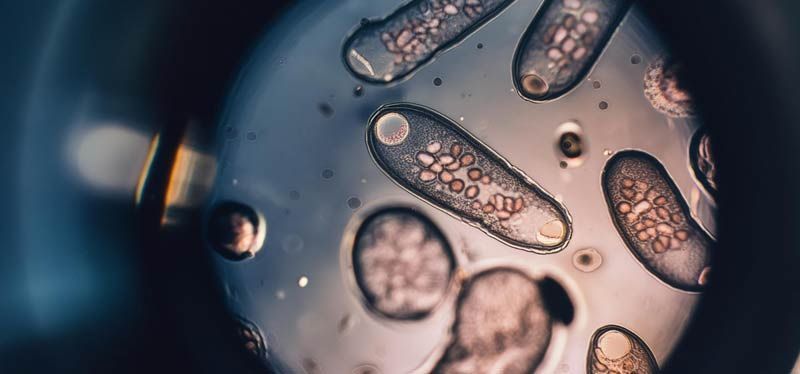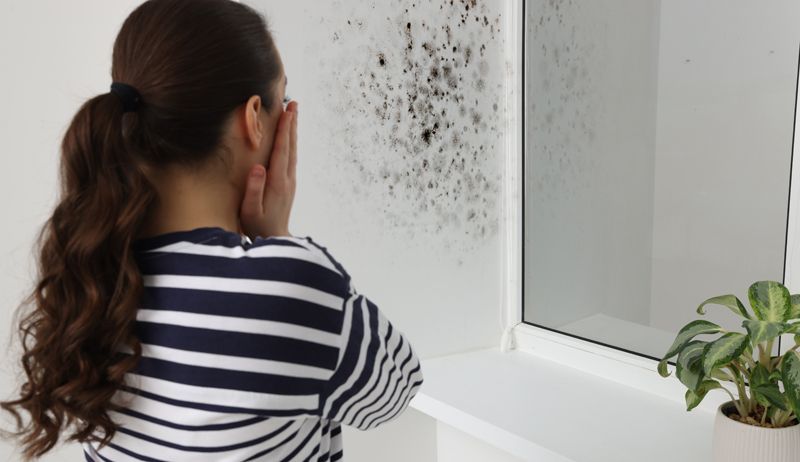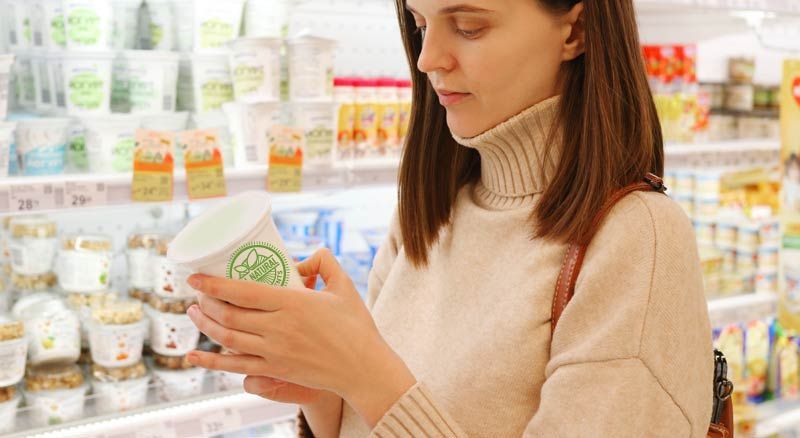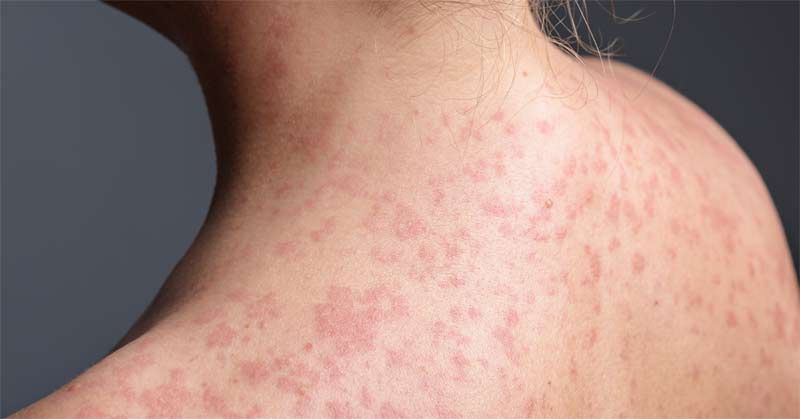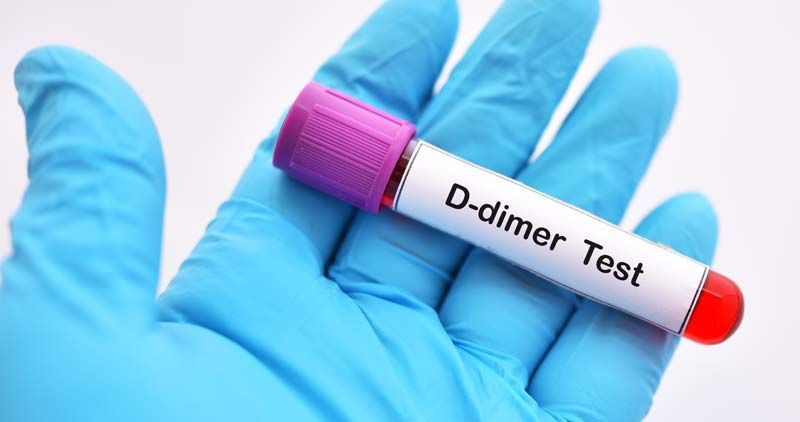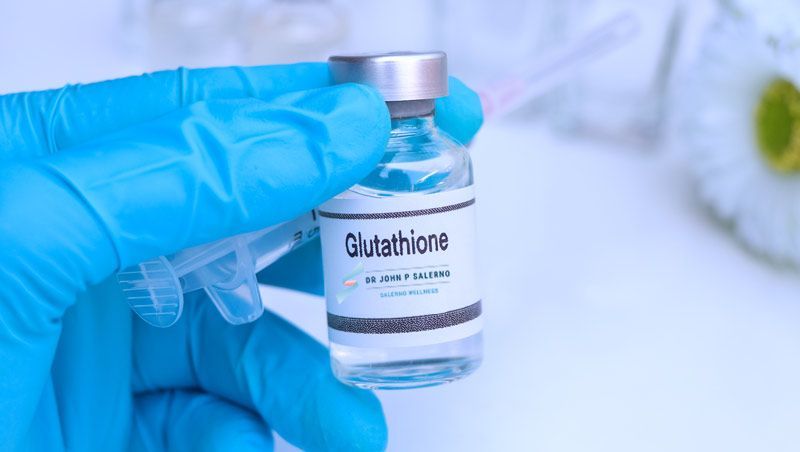The Hidden Health Concerns of Microplastic Toxicity
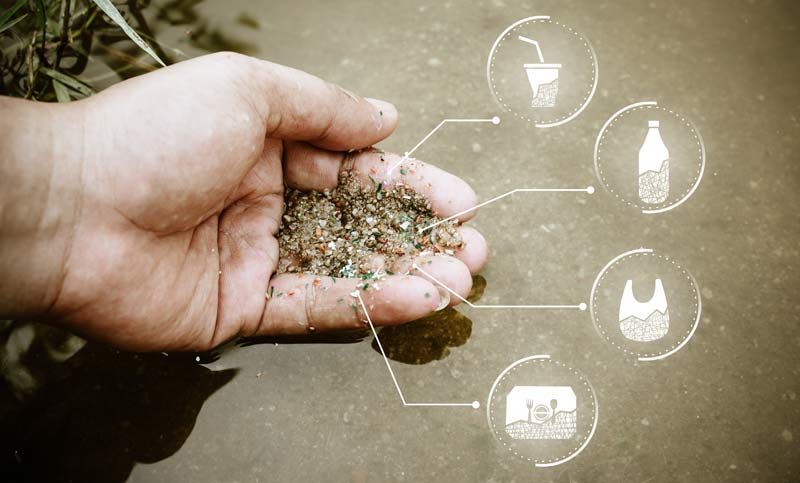
To most, this is a new health awareness. Microplastics are tiny plastic particles found throughout our environment, including in the food we eat, the water we drink, and the air we breathe. Increasing research raises concerns about the potential health effects of frequent microplastic exposure. The potential health damages, as you will read, are scary, and the symptoms can easily go unnoticed. The only way to know if you have been exposed to microplastics is to come in and get tested, which I highly encourage you to do.
-Dr. John Salerno
Understanding the Health Risks of Microplastics and How to Mitigate Exposure
Microplastics, those tiny fragments of plastic less than five millimeters in size, have woven themselves into every corner of our environment. They are not only a pressing ecological issue but also a personal health concern. These minuscule particles can make their way into the human body through several primary avenues. Understanding these pathways is vital as scientists increasingly study the potential health implications of microplastic exposure. Here, we’ll explore the four main ways microplastics enter the human body: ingestion, inhalation, personal care products, and environmental exposure.
The Role of Food and Drink in Microplastic Exposure
One of the most significant ways microplastics enter the human body is through ingestion. These tiny plastics find their way into multiple parts of the food chain and water systems, making them a nearly unavoidable contaminant.
Seafood is often highlighted as a significant source of microplastic ingestion. Many shellfish and fish tend to ingest microplastics directly from polluted water, and as humans consume these sea creatures, we ingest the microplastics. Shellfish, like mussels and oysters, are particularly at risk due to their filter-feeding habits, which trap microplastic particles.
It’s not just seafood that’s cause for concern. Bottled water, a staple of modern convenience, has been analyzed in numerous studies, with results frequently showing that it contains microplastic particles. Surprisingly, even tap water isn’t free from contamination. The minute fragments might originate from sources such as aging plastic pipes or improper waste disposal.
Microplastics have also been detected in everyday items like table salt and agricultural produce. Fruits and vegetables can absorb microplastics through soil, water, and air, making this a startlingly unexpected route of exposure. Beyond that, salt, a widely consumed seasoning, can become contaminated during its collection and processing, particularly in ocean-based salt production.
Breathing in Microplastics from the Air
The air we breathe is another significant source of microplastic exposure. Urban environments, in particular, are hotspots for airborne microplastics, which can come from a variety of sources, including industrial emissions, synthetic fibers, and general plastic degradation.
Synthetic textiles are a key contributor. When clothing made from materials like polyester or nylon is washed, it releases microfibers that can remain suspended in the air. Even just wearing and handling such clothing can release particles into the atmosphere, where they can then be inhaled.
Industrial activities further contribute to the problem. Factories often emit microplastic pollution during plastic production, use, and waste management processes. Over time, these particles may break down further, spreading into the air we breathe.
Additionally, urban areas—brimming with waste, industrial emissions, and plastic debris—offer the perfect breeding ground for airborne microplastics. The plastic litter that breaks apart on roads or sidewalks gradually disintegrates into smaller and smaller pieces, becoming part of the urban air landscape.
The Hidden Danger in Personal Care Products
While ingestion and inhalation represent direct internal pathways, another indirect route involves the use of personal care products. Microplastics are often deliberately added to products, sometimes in the form of microbeads. Though many countries have moved to ban or restrict the inclusion of microbeads in cosmetic formulations, they are still present in some regions and products.
These microplastics are often included in items like exfoliating scrubs, face washes, and toothpaste. The tiny particles act as abrasives to improve the effectiveness of cleaning or buffing. Unfortunately, after being washed down the drain, these microplastics are difficult for water filtration systems to catch, enabling them to re-enter waterways and consequently, the food supply.
Even more insidiously, some cosmetics and care products unintentionally contain microplastics as part of their formulations. From lip gloss to foundation, the very products designed to enhance beauty can also be a hidden entry point for microplastics into your body, simply through contact with skin or eventual degradation into your living environment.
Environmental Exposure to Microplastics
Lastly, exposure to polluted environments serves as another pathway for microplastics to infiltrate the human body. Plastic pollution doesn’t just harm ecosystems; it introduces direct risks to human health in urban areas, beaches, and beyond.
Beaches, often associated with relaxation and recreation, can be riddled with microplastics. Waves breaking on the shore grind larger plastic debris into smaller pieces, creating fine particles that mix with the sand. When people come into contact with these particles, whether sunbathing or walking, there is potential for them to absorb microplastics through their skin, though research is still inconclusive about how significant this mode of exposure is.
Urban environments, in particular, are filled with microplastic contamination. Plastic debris, whether from street litter or construction waste, can break apart outdoors, leaving microplastics in soil, water runoff, and air. Even spaces that appear clean may harbor these invisible particles.
Additionally, microplastics can attach themselves to dust. This combination makes living in urban areas a more significant risk for exposure. While many efforts focus on reducing visible pollution, it’s the less obvious, microscopic plastics that often go unnoticed.
The Pervasive Challenge of Microplastics
Microplastics illustrate a troubling truth about modern life—they’ve become nearly unavoidable. From the seafood on your plate to the air you breathe, the products you use, and the environments you inhabit, these tiny particles find their way into your body through multiple channels.
While the long-term effects of microplastic exposure on human health are still being studied, raising awareness about these sources is an important first step toward developing solutions. Governments, industries, and individuals alike must tackle this challenge, from reducing plastic usage and improving waste management to supporting research on filtering and capturing microplastics from our air, water, and products.
Every action, no matter how small, contributes to shrinking the pervasive grip of microplastics on our lives. By staying informed and advocating for change, we can work toward a future where microplastics no longer populate our ecosystems—or our bodies.
Tips to Reduce Microplastic Exposure
Microplastics have infiltrated our food, water, air, and personal care products, making it nearly impossible to avoid them entirely. However, with proactive choices, individuals can significantly reduce their exposure and contribute to environmental conservation. Here are actionable tips to minimize microplastic ingestion, inhalation, and contact while supporting broader efforts to combat plastic pollution.
Minimizing Microplastic Ingestion
- Ditch Bottled Water - One of the most straightforward ways to reduce microplastic ingestion is to avoid bottled water. Studies have found that bottled water often contains significantly more microplastics than tap water. Invest in a high-quality water filter certified to remove particulates or contaminants. Filtering tap water is not only better for your health but also a sustainable choice that reduces plastic waste.
- Choose Fresh and Organic Produce - Fruits and vegetables can absorb microplastics from contaminated soil or water. To minimize this risk, choose fresh, organic produce from trusted sources. Organic farming practices often involve better soil management, reducing potential microplastic contamination. Additionally, thoroughly washing fruits and vegetables can help remove any clingy microplastic particles.
- Be Selective with Seafood - Seafood, particularly shellfish, is a notable source of microplastic ingestion due to ocean pollutants. Check the sourcing of your seafood and prefer suppliers that fish in cleaner waters or practice sustainable aquaculture. Reducing your overall seafood consumption, especially for high-risk species like mussels or oysters, can also help minimize microplastic intake.
- Avoid Plastic-Sourced Table Salt - Microplastics are often found in table salt derived from ocean water. Instead, opt for salt mined from underground deposits or brands specifically labeled as microplastic-free.
Reducing Microplastic Inhalation
- Use Air Purifiers - Indoor air can harbor microplastics from synthetic fibers, cleaning products, and other household items. A high-efficiency particulate air (HEPA) purifier is an effective tool to trap these microplastic particles, improving air quality in your home.
- Choose Natural Clothing - Synthetic textiles like polyester and nylon release microplastics both during wear and through washing. Prioritize clothing made from natural materials like cotton, linen, or wool. If synthetic clothing is unavoidable, try washing it less frequently, using cooler water, and adding a microplastic filter to your washing machine.
- Keep Your Indoor Environment Clean - Microplastics often settle as dust in indoor spaces. Regular vacuuming and dusting with a damp cloth can help reduce the accumulation of these particles. Additionally, avoid unfiltered ventilation systems that may allow outdoor microplastic pollutants inside.
- Avoid Plastic-Based Goods Indoors - From synthetic furniture to plastic home decor, microplastics can degrade and become airborne over time. Swap these items for alternatives made from wood, metal, or glass to reduce airborne particles in your living space.
Making Smarter Personal Care Choices
- Choose Microplastic-Free Cosmetics - Some personal care products, like exfoliants and toothpaste, may contain microbeads or other forms of microplastics. Read product labels carefully and avoid those listing ingredients such as “polyethylene” or “polypropylene.” Many brands now offer microplastic-free alternatives made with natural exfoliants like sugar or ground walnuts.
- Simplify Your Beauty Routine - Reducing the number of cosmetic and personal care products you use can also reduce your exposure. Focus on multipurpose products or brands that are transparent about their sustainability practices.
- Go Natural in Hygiene Practices - Switch to solid soap bars, shampoos, and conditioners that don’t rely on plastic packaging or microplastic content. Not only do these products minimize microplastic exposure, but they also support waste reduction.
Summary
Microplastics, tiny plastic particles less than five millimeters in size, have become a pervasive presence in our environment, raising significant health concerns as they infiltrate the food we eat, the water we consume, the air we breathe, and even personal care products. Recent studies emphasize the risks associated with microplastic exposure, which often go unnoticed, with potential pathways for human ingestion including contaminated seafood, bottled and tap water, and agricultural produce.
In addition to ingestion, microplastics in the air—stemming from urban pollution and synthetic clothing—further elevate exposure risks, while personal care products often contain microbeads or unintentional microplastic components that contribute to environmental contamination.
To tackle the microplastic crisis, individuals can take proactive steps to reduce their exposure. This includes avoiding bottled water and opting for high-quality filters, choosing organic produce, and being selective with seafood to minimize ingestion of these particles. To prevent inhalation, using air purifiers, opting for natural clothing fibers, and maintaining clean indoor environments can make a significant difference.
Adopting microplastic-free personal care products and simplifying beauty routines can help mitigate the health risks associated with microplastics. Awareness and action are crucial to confronting this environmental challenge and protecting both personal and planetary health.


